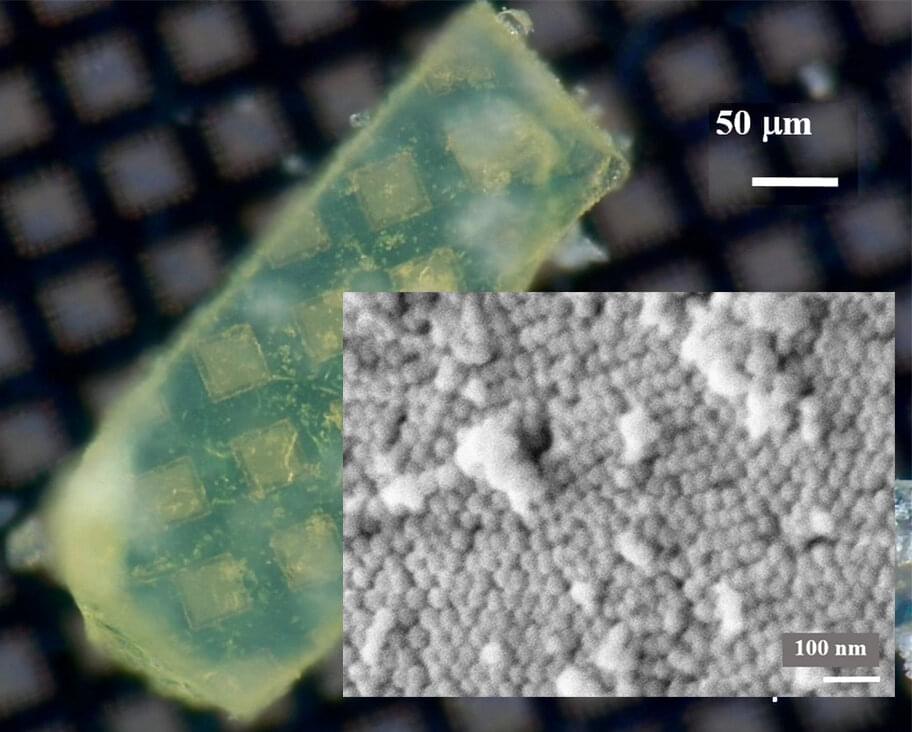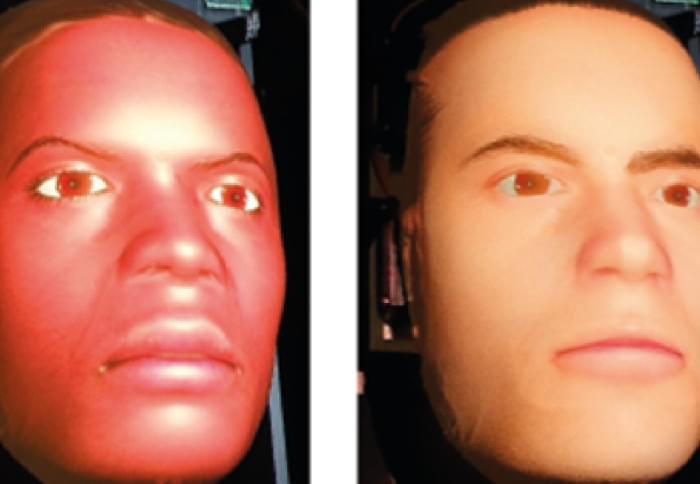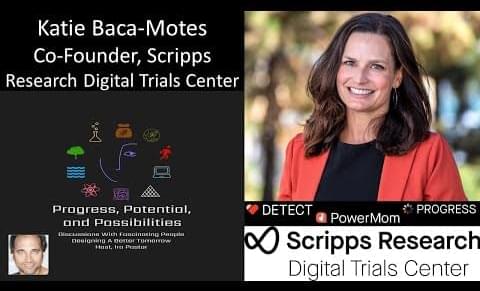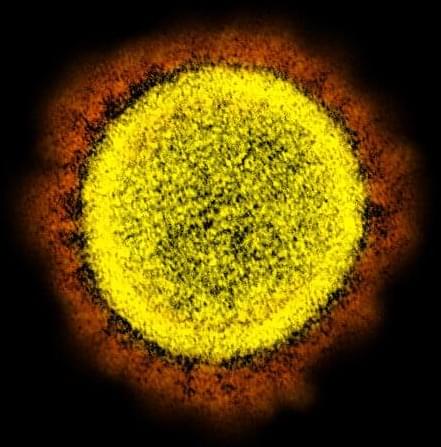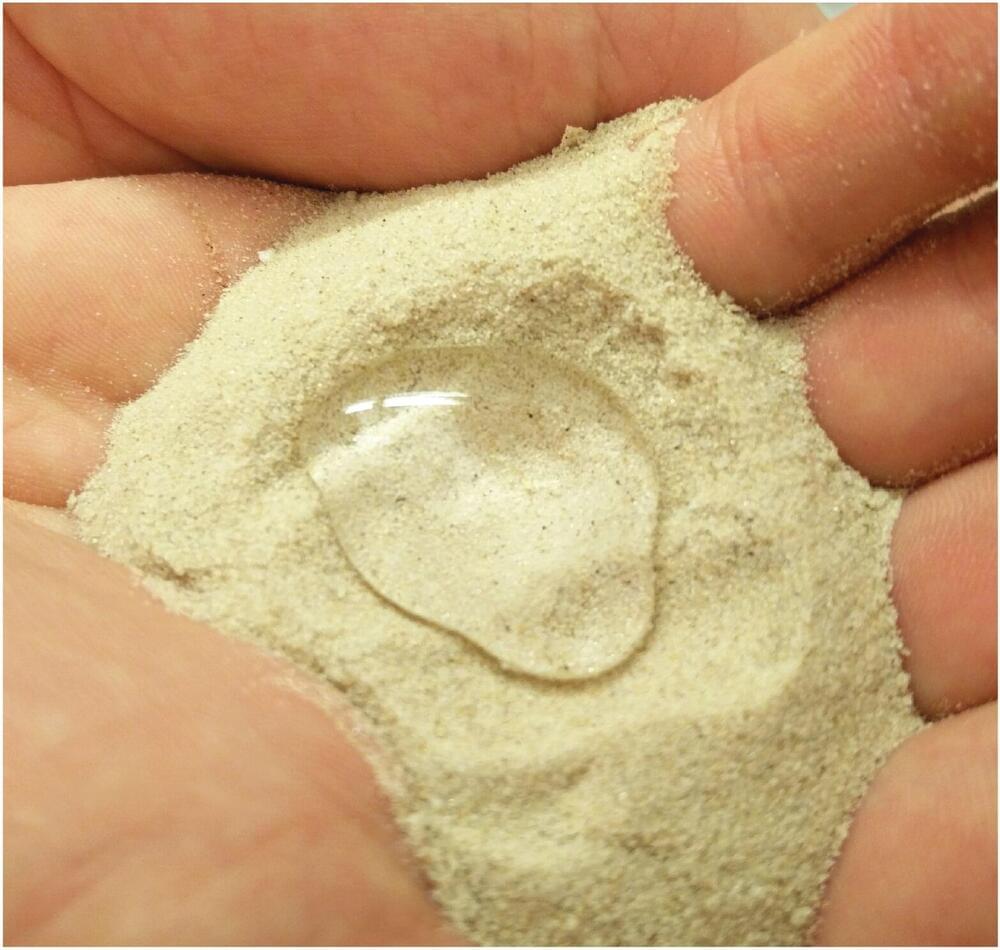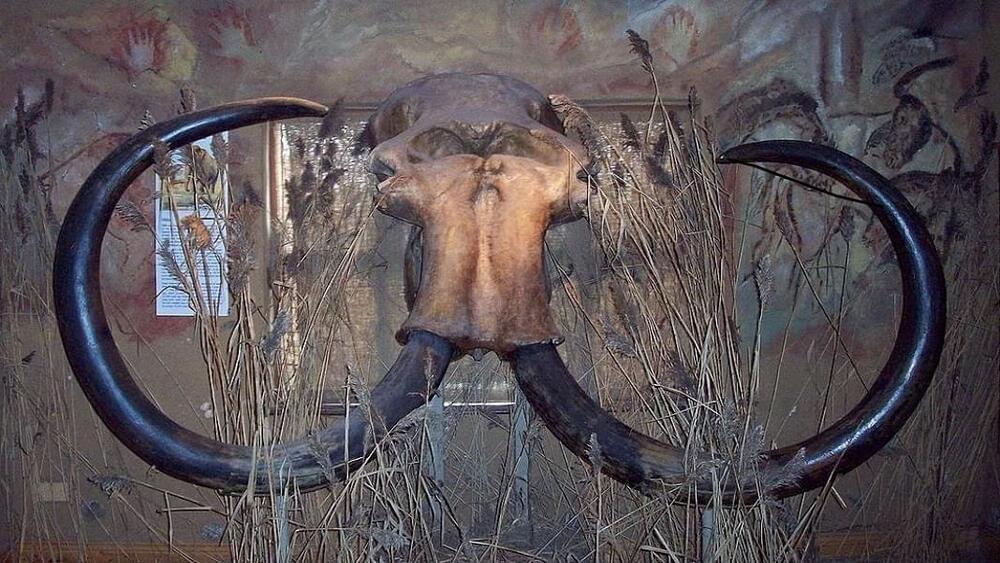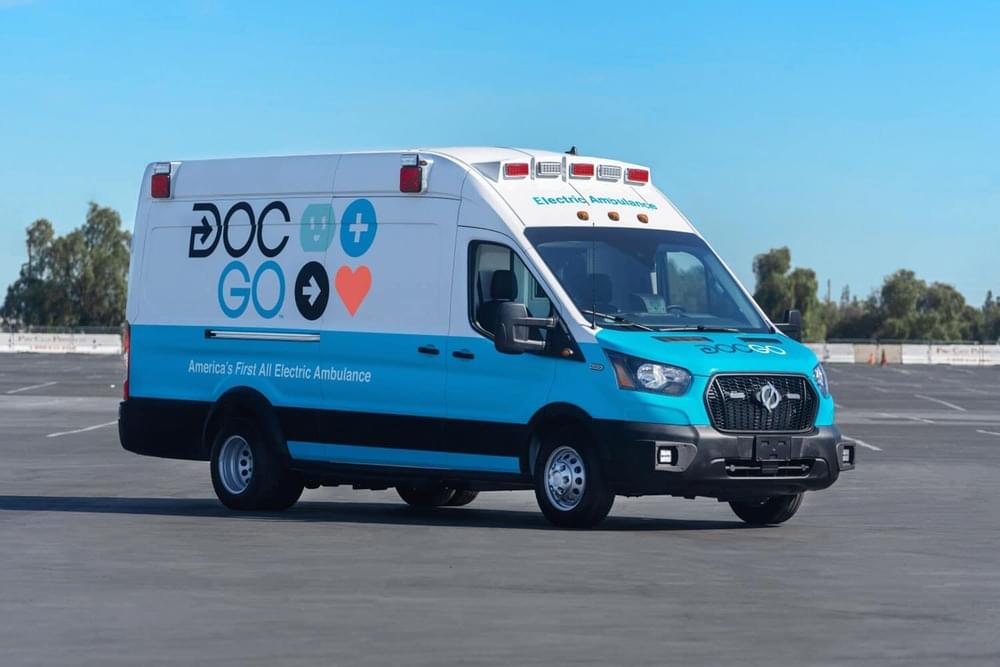Mar 17, 2022
Self-assembling and complex, nanoscale mesocrystals can be tuned for a variety of uses
Posted by Dan Breeden in categories: biotech/medical, chemistry, nanotechnology, solar power
A research team from KTH Royal Institute of Technology and Max Planck Institute of Colloids and Interfaces reports to have found the key to controlled fabrication of cerium oxide mesocrystals. The research is a step forward in tuning nanomaterials that can serve a wide range of uses—including solar cells, fuel catalysts and even medicine.
Mesocrystals are nanoparticles with identical size, shape and crystallographic orientation, and they can be used as building blocks to create artificial nanostructures with customized optical, magnetic or electronic properties. In nature, these three-dimensional structures are found in coral, sea urchins and calcite desert rose, for example. Artificially-produced cerium oxide (CeO2) mesocrystals—or nanoceria—are well-known as catalysts, with antioxidant properties that could be useful in pharmaceutical development.
“To be able to fabricate CeO2 mesocrystals in a controlled way, one needs to understand the formation mechanism of these materials,” says Inna Soroka, a researcher in applied physical chemistry at KTH. She says the team used radiation chemistry to reveal for the first time the ceria mesocrystal formation mechanism.
